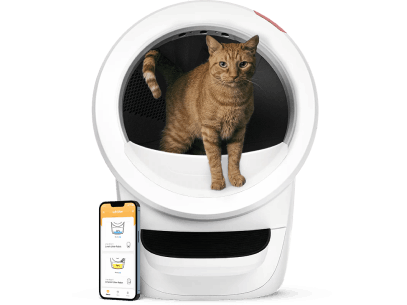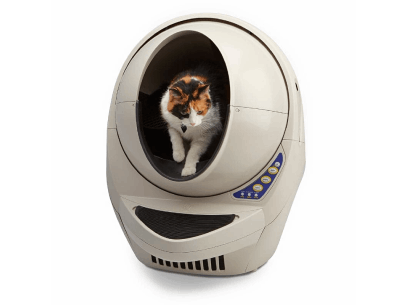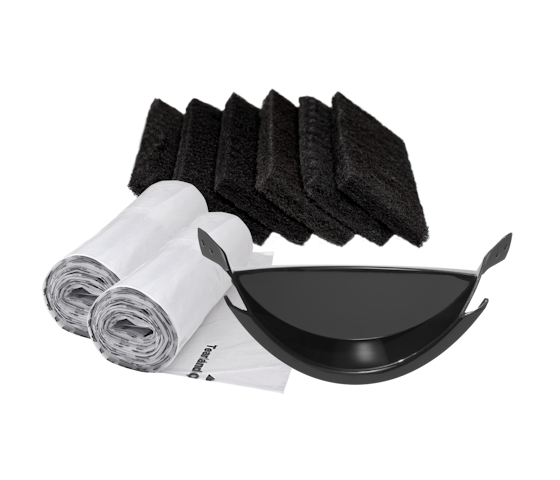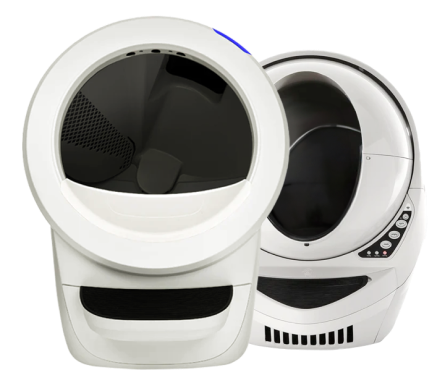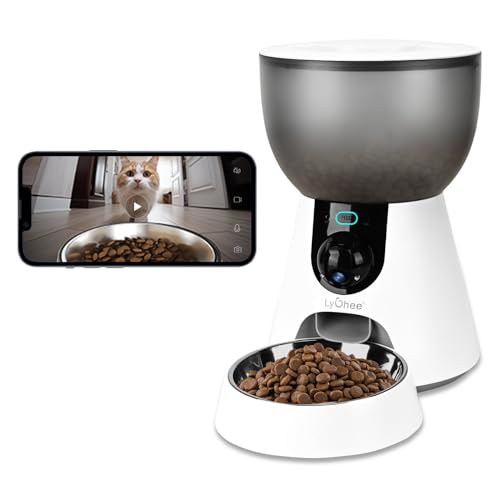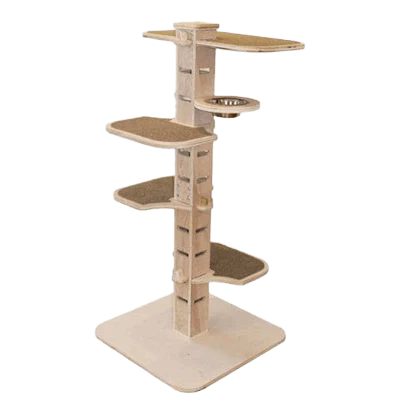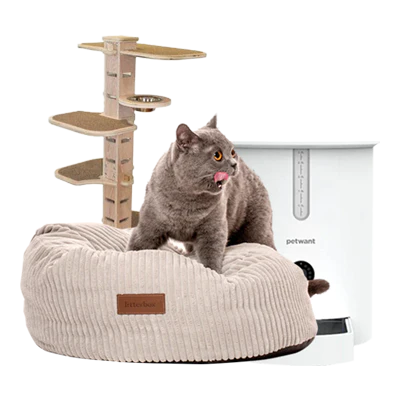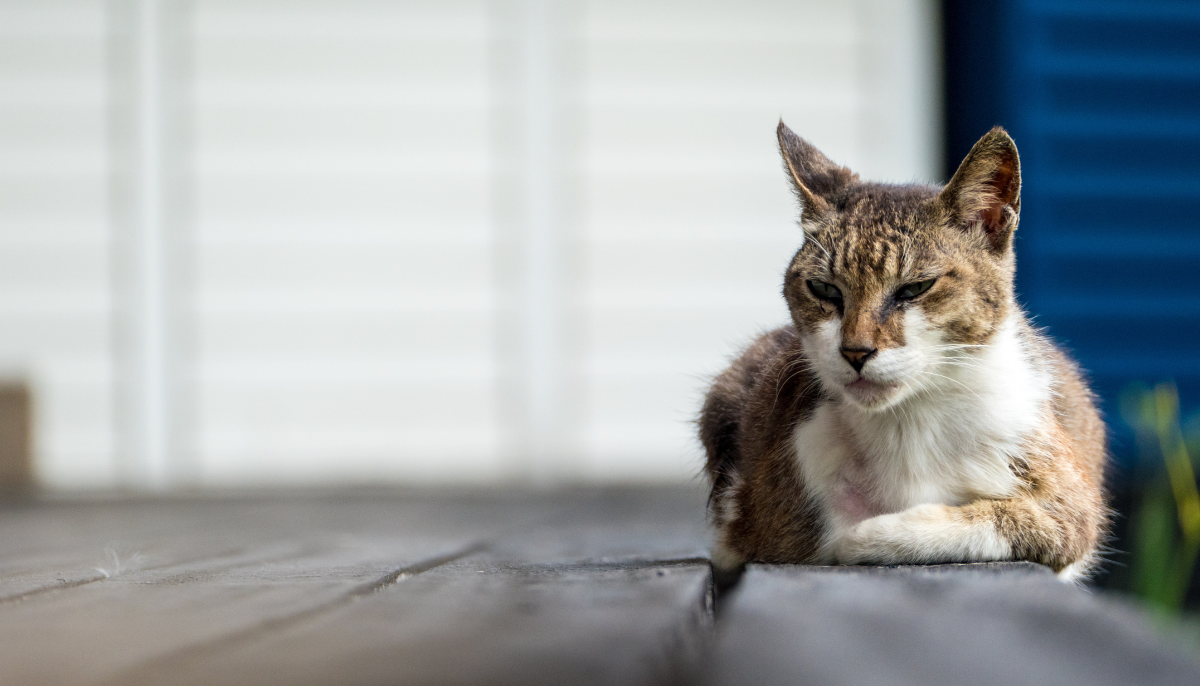In older male cats, inappropriate urination is a common but distressing issue for both pet and owner. This behaviour often signals underlying medical conditions or age-related changes that require attention. In this guide, we explore the most frequent causes—including urinary tract infections, kidney disease, arthritis, and cognitive dysfunction—as well as environmental stressors and litter box preferences. You'll find practical strategies to support your senior cat’s health, comfort, and toileting habits.
Medical Causes in Older Male Cats
Urinary Tract Infections (UTIs)
Older male cats are more prone to UTIs due to a weakened immune system. These infections can make urination painful, causing the cat to associate the litter box with discomfort. Symptoms include straining, frequent urination, and possible blood in the urine. UTIs require diagnosis through urine testing and treatment with antibiotics.
Kidney Disease
Chronic kidney disease is common in senior cats. It often causes excessive thirst and urination, which may overwhelm normal toileting habits. Early signs include weight loss, poor appetite, and lethargy. Diagnosis involves bloodwork and urinalysis, with treatment focused on hydration, diet, and medication.
Diabetes Mellitus
High blood sugar levels increase thirst and urination. Senior cats with diabetes may urinate in inappropriate places simply because they can’t reach the litter box in time. Other symptoms include weight loss and increased appetite. Treatment requires insulin, dietary changes, and close monitoring.
Arthritis and Mobility Issues
Painful joints can prevent older cats from reaching or climbing into the litter box. Solutions include low-sided litter trays, pain management, and environmental adjustments to improve mobility.
Cognitive Dysfunction (Cat Dementia)
Senior cats can suffer from memory loss or confusion, leading to forgotten litter box locations. Signs include disorientation, changes in sleep, or altered interaction patterns. Managing cognitive decline involves environmental enrichment, consistent routines, and sometimes medication.
Behavioural and Environmental Factors
Stress and Anxiety
Changes in household routine, new pets, or loud noises can increase anxiety in older cats. Stress can trigger urination in inappropriate spots. Creating a predictable, quiet environment and using calming aids like pheromone diffusers may help.
Territorial Marking vs. Incontinence
Territorial spraying typically involves small amounts of urine on vertical surfaces. In contrast, incontinence results in larger puddles and may be due to ageing or medical decline. Understanding the difference helps determine treatment direction.
Environmental Triggers
Litter Box Setup
-
Choose a quiet, accessible location.
-
Use a low-sided litter tray for easy entry.
-
Keep the box clean—scoop daily and replace litter weekly.
-
Provide at least one box per cat, plus one extra.
Litter Type Preferences
Older cats may prefer unscented, fine-grain litter. Avoid strong fragrances or coarse textures, which can deter use.
Diagnosis and Vet Support
What to Expect at the Vet
Your vet may recommend:
-
Urinalysis and culture
-
Blood panels
-
Imaging (X-rays or ultrasound) These tests help uncover infections, organ dysfunction, or age-related changes.
Behaviour Tracking at Home
Keep notes on:
-
Frequency and location of accidents
-
Changes in appetite or mobility
-
Stress triggers (guests, new pets, loud noises) This supports a more accurate diagnosis.
Treatment Options
Medical Management
Depending on the diagnosis, treatments might include:
-
Antibiotics for infections
-
Joint supplements or pain relief for arthritis
-
Insulin for diabetes
-
Special diets for kidney or urinary support
-
Supplements to support cognitive function
Behavioural Adjustments
-
Use calming aids (e.g., Feliway)
-
Establish a consistent daily routine
-
Provide plenty of enrichment (window views, soft bedding, hiding spots)
Litter Box Improvements
-
Ensure litter trays are easy to access
-
Trial different litter textures
-
Clean with enzymatic cleaners to remove lingering odours
Prevention and Long-Term Care
-
Schedule regular vet visits for early detection
-
Provide a stable, quiet home environment
-
Encourage hydration with wet food and fresh water
-
Use low-entry, non-slip litter boxes
-
Monitor and record behavioural changes
Final Thoughts
When an older male cat starts peeing outside the litter box, it’s usually a sign that something’s not quite right—physically or emotionally. By identifying the root cause and taking practical, supportive steps, you can help your senior cat stay comfortable, clean, and confident. Whether it’s adjusting the litter tray, managing a chronic condition, or addressing age-related cognitive changes, early intervention makes all the difference.
Frequently Asked Questions
Look for frequent urination, accidents outside the tray, straining, or blood in the urine. Weight loss and changes in behaviour may also be indicators.
Medical causes often involve pain or visible symptoms. Behavioural causes usually coincide with stress or environmental changes. A vet exam is always the first step.
Use a low-sided, uncovered tray in a quiet spot. Keep it clean and consistent—scented litters or frequent tray changes can cause confusion.
Yes—omega-3s, cranberry extract, or vet-recommended supplements may support urinary health or cognitive function. Always check with your vet first.
